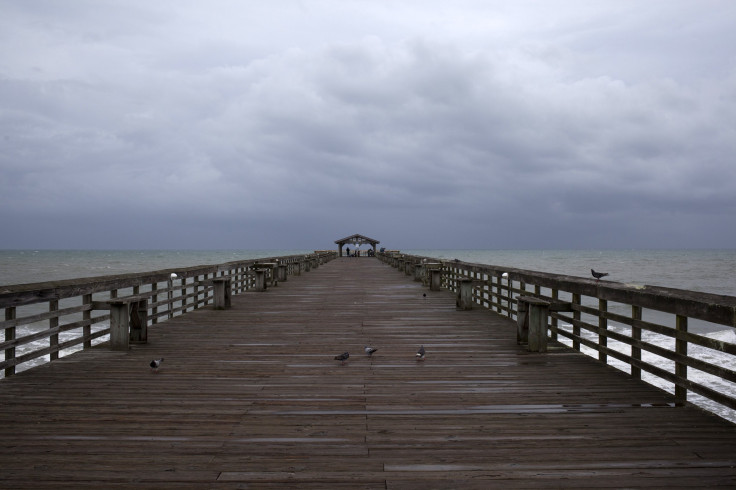Atlantic Hurricane Season: Is The First Major Storm Of 2015 Already On Its Way?

The 2015 Atlantic hurricane season is ready for its opening act – three weeks ahead of schedule. A thunderstorm brewing near the South Carolina-North Carolina border has an 80 percent chance of developing into the East Coast’s first tropical storm of the season by Saturday, according to the National Hurricane Center. The storm system, which will likely be classified as a subtropical storm, could bring heavy rain and wind gusts of 35 to 50 miles per hour to the Carolina shores, the weather agency said.
The Atlantic hurricane season officially starts June 1 and runs through November. If the storm system near the Carolinas were to develop into a subtropical storm, it would get the first formal name of the 2015 season – Ana.
Naming storms this early in the season is rare, but nature doesn’t always follow a calendar, experts said. “The atmosphere doesn’t care when June 1 is if the oceans are conducive to making a tropical storm,” Jeff Masters, director of meteorology at the commercial weather service Weather Underground, told the Miami Herald on Tuesday after a storm system developed near South Florida.
The disturbance off the Florida coast did not strengthen enough to be considered a true Atlantic hurricane season storm, thus it wasn’t given the name Ana. The National Oceanic and Atmospheric Administration is expected to announce its official storm forecast on May 27.
Overall, it’s expected to be a relatively quiet hurricane season, experts said. Meteorologists predict there will be seven named storms, including three hurricanes – well below the three-decade average of 12 named storms and six hurricanes, according to the Weather Channel.
The storm system headed for the Carolina coasts developed Thursday and was centered about 230 miles southeast of the state border. The states’ coastlines could get between 2 and 5 inches of rain over the next 48 hours, meteorologists said. The storm could bring minor flooding and beach erosion. Officials are expected to continue monitoring the system.
© Copyright IBTimes 2024. All rights reserved.






















